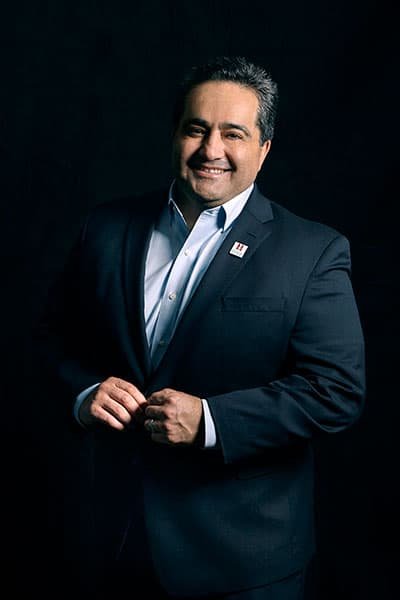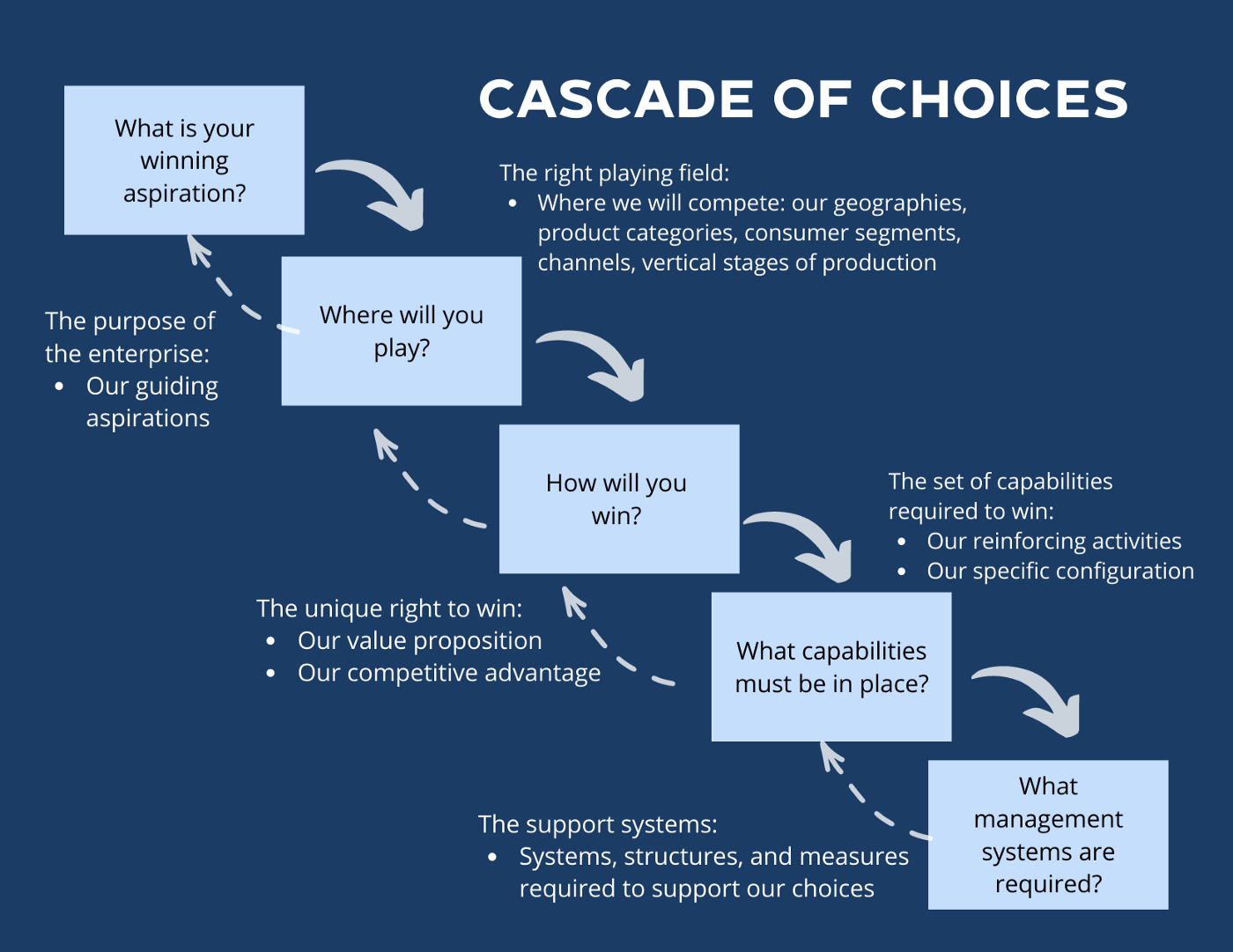Nonprofit November: An Interview With President and CEO of Top 10 Nonprofit
AG has led a number of nonprofit organizations from Cincinnati Center City Development Corp (3CDC) to The Bay Park Conservancy, providing him with a great understanding of the dynamic between business, leadership and nonprofit strategy. Tune in every Thursday morning to learn about the role nonprofits play in the world of business and how to be the best leader for your nonprofit. From roles and responsibilities to best practices and leadership tips, AG shares over 50 years of his experience with you.
Nonprofits probability of success improves when they follow LTW concepts, principles and proven practices.
Pictured: Fidel Vargas
I recently had a chance to talk with Fidel Vargas, President and CEO of the Hispanic Scholarship Fund (HSF), one of the largest not-for-profits supporting higher education in America. For over a decade, Fidel has served as President, CEO or on the board of directors.
Before joining HSF, Fidel was elected as one of the youngest mayors of any major US city — Baldwin Park, in Los Angeles County, California. He was just just 23 years old at the time. With an AB from Harvard University and an MBA from Harvard Business School, Fidel has had success as a leader in government, finance and nonprofits.
In addition to two terms as Mayor, Fidel served on Advisory Councils and Commissions for President Clinton, Bush and Obama. He served as Founding Partner and Managing Director of private equity asset management (Centinela) and investment (Reliant) firms in New York. Time Magazine named Vargas one of the Top 50 young leaders in the US.
Fidel runs HSF like a business — employing the best Leading to Win leadership and Playing to Win strategy practices.
Here are my key takeaways from the couple of conversations I’ve had with Fidel:
1. Focus on “consumer is boss”
The two-sided market Roger Martin describes in his recent article are very real strategic and management challenges for HSF. Fidel works tirelessly to keep the HSF primary focus on scholarship candidates, recipients and their families. He knows from broad and deep experience that selecting the right scholarship recipients and encouraging, helping and supporting the individual students and their families through the entire experience is the key to a successful outcome. This support and encouragement leads to further education, graduation, job opportunity, and ultimately, a successful professional, personal and family life.
Because of the alignment between our missions, P&G has been a proactive supporter and donor to HSF since. P&G seeks to touch and improve the lives of promising Latino students and their families. Maintaining focus on “consumer is boss” for the young Latino men and women who aspire to prepare and qualify for a college scholarship is easy to say, but difficult to do. It requires one to one, continuous connection with and support for students and their families.
2. Don’t fall into the ‘donor is boss’ trap.
Donors can be demanding and often have agendas beyond helping and supporting young Latinos get a college education. Donors often want to negotiate special deals — asking for more appreciation and more recognition for their donation. This, of course, can take HSF away from focusing on their strategy, and instead into compromising on their organizational values and principles, down the path to mission creep, and use up a tremendous amount of organization energy, money and time. Fidel has learned and taught his team to just say NO to donors that are not a good fit with HSF. No amount of money is worth the compromise or distraction.
3. Make sure to employ best practices
I was surprised but delighted to learn that Fidel has put Leading to Win (LTW) and Playing to Win (PTW) leadership and management practices to work at HSF. He uses the PTW 5-choice cascade, focusing first and foremost on where to play (WTP) and how to win (HTW).
Learn more about the 5-choice cascade here.
He understands that the first WTP choice is who, and that his young Hispanic college prospect is the critical first choice of where to focus. He understands that the HTW choice is more about value creation for Latino scholarship recipients and supportive donors than about competition with other nonprofits for funding and support.
He uses the objectives, goals, strategies and measures (OGSM) best practice for deploying goals and strategies throughout his organization, including to key partners in the HSF network. Fidel regularly reviews progress, outcomes and results — rather than objectives and goals, with his organization and board of directors to keep everyone on strategy and meeting or exceeding HSF expectations.
HSF manages $120 million in net assets, distributes $80 million a year in scholarships and routinely generates revenue above distributions to ensure a small but steady surplus — providing the organization with economic and operational sustainability. It is no wonder that HSF and Fidel Vargas are not only one of the largest educational nonprofits in the US, but also one of the most successful.
Tune in next Thursday for another Nonprofit November feature.



